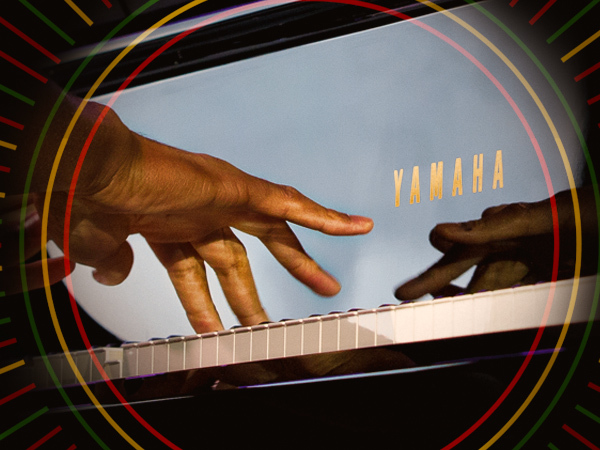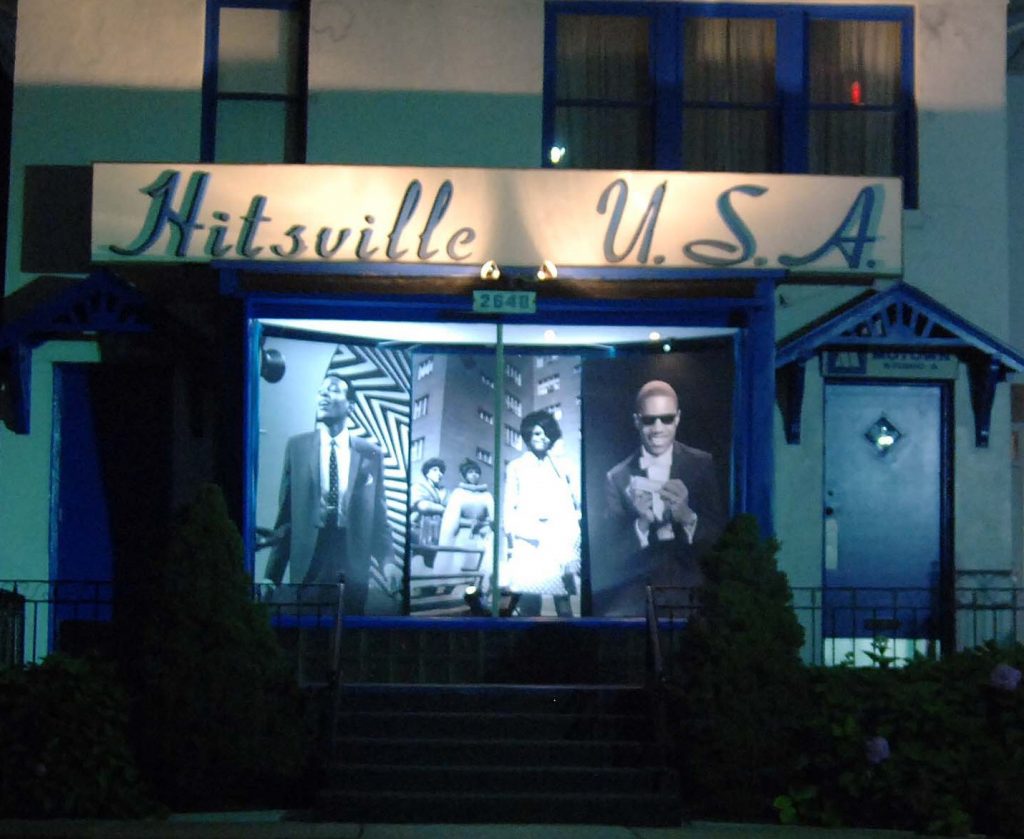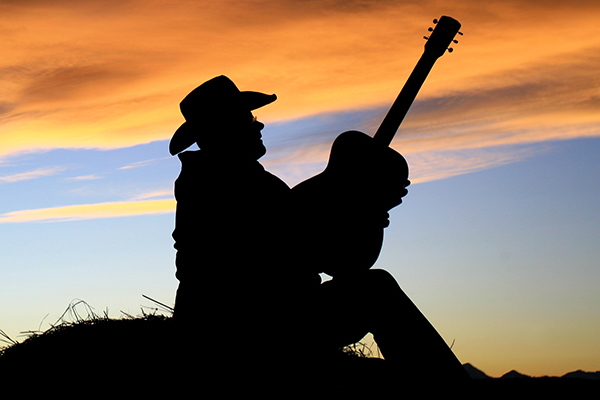The History of Musical Genres, Part 2: Blues and Jazz
An aural reflection of America’s melting pot.
From cotton fields to recording studios and bandstands, blues and jazz are uniquely American and a vibrant testimony to the American experience. Yet without pain and suffering, there would be no blues.
Birth of the Blues
The genre emerged during the 1860s in the American South through the work songs and spirituals sung by slaves toiling on plantations. It was under these conditions that the recognizable characteristics of blues (such as call and response, a 12-bar I-IV-V structure, the use of two repetitive verses followed by a chorus, and distinctive rhythmic patterns) would evolve into the music that would later inform jazz, rock’n’roll and other musical genres.
Late nineteenth-century trumpeter and composer W.C. Handy, who called himself the “Father of the Blues,” is credited with popularizing the genre. Music critic David Hajdu has noted that Handy “documented blues in the form of musical notation, freezing songs in modes that suited him, and [having] the music copyrighted and published.”
Robert Johnson only lived 27 years, but in that short time, he created a unique playing style that would influence blues musicians for decades. The superstition that he “sold his soul to the devil” to achieve musical success belies a deep musical legacy evidenced by the many adaptions of his songs by popular artists like the Rolling Stones and Led Zeppelin. A 2019 story in the New York Times stated that “guitar playing on Johnson’s recordings was unusually complex for its time. Most early Delta blues musicians played simple guitar figures that harmonized with their voices. But Johnson, imitating the boogie-woogie style of piano playing, used his guitar to play rhythm, bass and slide simultaneously, all while singing.”
Another seminal bluesman was John Lee Hooker, known for his percussive guitar playing and growling vocals, which would serve to influence Chicago blues singers like Howlin’ Wolf and Muddy Waters. Introduced to the guitar early in life by his stepfather, who was friends with legendary artists Blind Lemon Jefferson and Charlie Patton, Hooker hit the road in the 1920s when he was just 14 years old, and was still actively touring into the late 1990s after enjoying a popular resurgence.
And then there’s B.B. King. The Mississippi native played over 300 shows annually for more than 30 years, developing a distinctive guitar style that featured string bending and vibrato — the precursor to (and a great influence on) the stylings of Jimi Hendrix, Eric Clapton, Jeff Beck and a legion of rock stars.
The Evolution of Jazz
In the early 20th century, a considerably more musically complex genre known as jazz (or “jass,” as it was called initially) began to take shape in New Orleans. It was within the boundaries of this multicultural city that an unplanned mashup of styles occurred, encompassing the blues, ragtime, minstrel shows, vaudeville tunes, brass band music, string band songs, dance music, marching music, and funeral music. “The result was an improvised sound that, within a few years, would captivate the nation,” writes author Court Carney in his online Oxford Research essay “Jazz, Blues and Ragtime in America, 1900–1945.”
It was during this time that one of the founding fathers of jazz emerged. Cornetist Charles “Buddy” Bolden is believed to be one of the first musicians to explore the developing genre. While there are no recordings of his performances, he is credited with creating a looser, more improvised version of ragtime, and his band was said to be the first to use brass instruments to play the blues. Bolden was not only renowned for his revolutionary technique but for his sheer volume. Clarinetist Alphonse Picou once said, “He was the loudest there ever was because you could hear [his] cornet as loud as what Louis Armstrong played through the mike.”
It would be left to Armstrong, another son of New Orleans, to help push jazz into the art form as it’s known today. New York Times jazz critic John S. Wilson wrote in 1971 that Armstrong was “the root source that moved jazz onto the path along which it developed.” Also known as “Satchmo” or “Pops,” Armstrong would frequently abandon the melody, addressing only the chord changes to chart his own path — a path that generations of jazz musicians would come to follow. His “Hot Five” and “Hot Seven” recording sessions (named for the number of musicians in the ensemble) held between 1925 and 1928, produced 89 recordings that showcased Armstrong’s evolution as an improviser both as a soloist and a vocalist, and also introduced a national audience to scat singing.
Edward Kennedy “Duke” Ellington is considered the most important American jazz composer of the 20th century. His compositions number in the thousands and, for more than 50 years, he led a jazz orchestra that continually stretched the genre’s boundaries. Ellington also wrote Broadway musicals and conducted symphonies — even an Alvin Ailey ballet.
A deft songwriter, he crafted compositions to showcase the unique talents of the musicians in his ensemble, many of whom were prominent artists in their own right. For example, Ellington’s song “Jeep’s Blues” was conceived with saxophonist Johnny Hodges in mind. “For Hodges, this is declamatory preaching of the highest calling,” wrote Tom Reney of New England Public media in 2019. “With Ellington’s accompaniment prompting and cushioning his star soloist and the ensemble, especially in quiet passages, intoning like a choir, who needs a narrative?”
Like all other musical genres, jazz can be characterized by well-defined sub-genres like swing or bebop, and by the musicians who dominated a particular period or collection of periods. But the creative output of jazz trumpeter Miles Davis quashed those norms. Davis charted an eclectic path where he didn’t settle on any one particular sound or playing style.
On his milestone 1959 album Kind of Blue, Davis and the other soloists in his ensemble played a melody over just one or two scales instead of entire chord progressions, creating space for broad swathes of improvisation. There’s an orchestral feel to his 1960 Sketches of Spain, which offers a mix of jazz, classical and Spanish-influenced world music. A decade later, on Bitches Brew, he employed a heavy dose of electric instruments. The album is seen as the forerunner of the jazz-rock subgenre which rose to prominence in the 1970s.
When first introduced to popular culture, blues and jazz were branded by traditionalists as the “devil’s music,” yet both genres have endured the test of time and continue to maintain strong followings today through fans who crave classic recordings as well as those who seek out contemporary artists. Recent years have seen an increasing influence of R&B, hip-hop and pop music on jazz in particular. Another internet-aided trend of modern jazz is that of extreme reharmonization, performed by virtuosic players known for their speed and mastery of complex polyrhythms. Though their roots date back more than 150 years, blues and jazz are still alive and well today!
Check out the other articles in our “History of Musical Genres” series.















